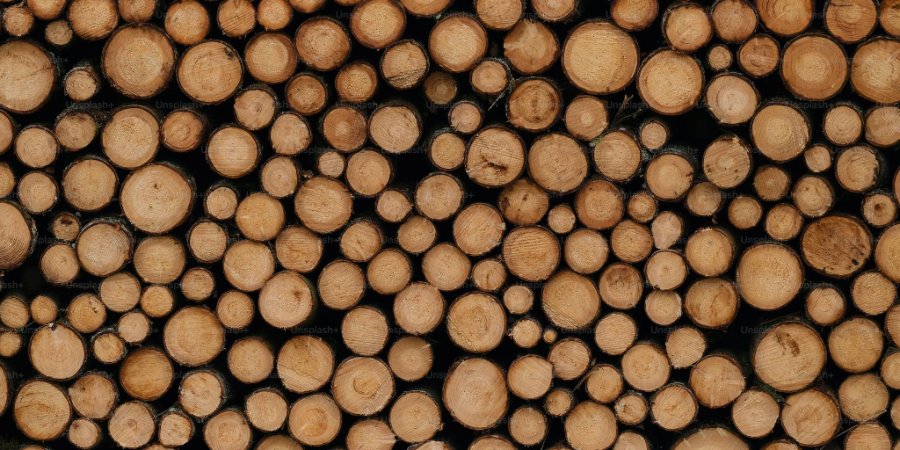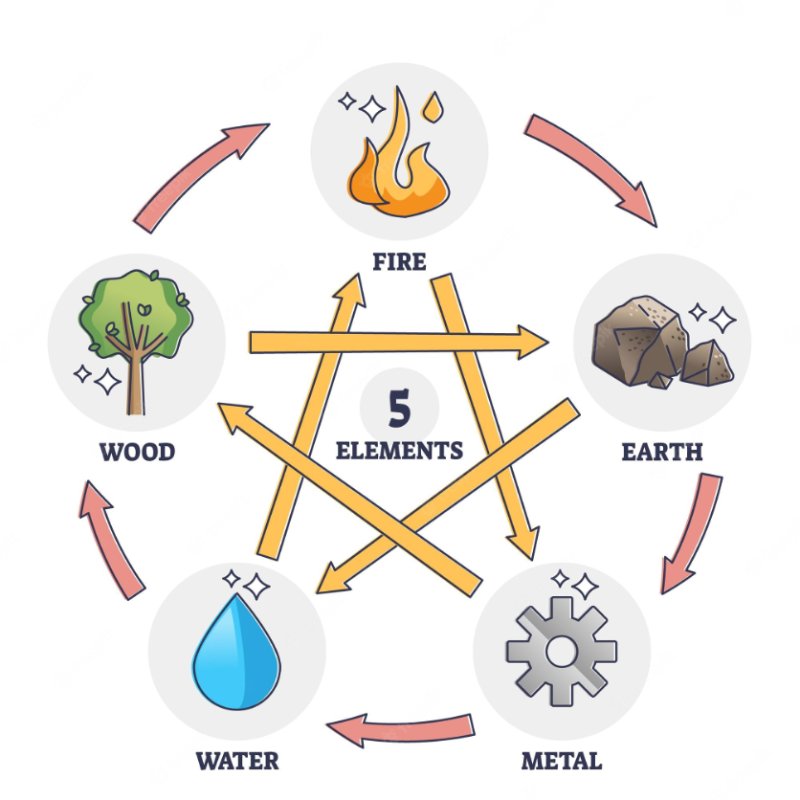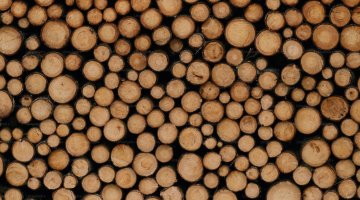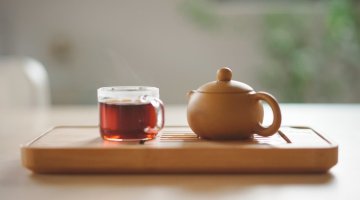The Wood Element of Traditional Chinese Medicine

Welcome to the fascinating world of Chinese medicine and the concept of the Wood element. In Chinese philosophy, the Wood element is associated with growth, expansion, and new beginnings, much like a young sapling reaching for the sun. This element represents the energy of springtime, a time of renewal and rejuvenation.
The Wood element is believed to be connected to the liver and gallbladder meridians, which play a vital role in the smooth flow of Qi, or life force energy, throughout the body. When the Wood element is in balance, we experience a sense of purpose, assertiveness, and adaptability. However, an imbalance in the Wood element can lead to feelings of frustration, anger, and stagnation.
Chinese medicine offers various approaches to restoring balance to the Wood element, including acupuncture, herbal medicine, dietary changes, and lifestyle modifications. By addressing the underlying imbalances and promoting the free flow of Qi, Chinese medicine aims to support overall health and wellbeing.
Join us as we dive deeper into the world of the Chinese medicine Wood element and explore its fascinating role in promoting harmony and vitality in our lives.
Remember, balance is key. So, let's embark on this journey together and discover the wisdom of ancient healing traditions.
Characteristics and Qualities of the Wood Element
The Wood element is associated with a set of unique characteristics and qualities that provide insights into its role in Chinese medicine. In Traditional Chinese Medicine (TCM), the Wood element is symbolized by the color green and is connected to the season of spring. Just as a tree grows and expands during this time, the Wood element represents growth, progress, and the ability to adapt to changing circumstances.
In terms of personality traits, individuals with a balanced Wood element tend to be assertive, confident, and goal-oriented. They possess natural leadership qualities and have a strong sense of purpose. They are like the roots of a tree, firmly grounded and able to navigate through life's challenges with resilience and determination.
However, an imbalance in the Wood element can manifest in various ways. Excessive Wood energy may lead to aggression, impatience, and a tendency to dominate others. On the other hand, a deficiency in the Wood element may result in indecisiveness, lack of direction, and a difficulty in asserting oneself. Understanding these qualities can help identify imbalances and guide the appropriate treatment strategies.

Wood Element in Traditional Chinese Medicine (TCM)
In Traditional Chinese Medicine (TCM), the Wood element is one of the five elements that form the foundation of the body and its energetic systems. These elements, including Wood, Fire, Earth, Metal, and Water, are interconnected and influence each other's functioning. Each element corresponds to specific organs, meridians, emotions, and seasons.
The Wood element is closely related to the liver and gallbladder meridians, which are responsible for the smooth flow of Qi and blood throughout the body. The liver, in particular, plays a crucial role in storing and regulating the flow of blood, ensuring its smooth circulation. The gallbladder, on the other hand, aids in the digestion and absorption of fats.
When the Wood element is in balance, the liver and gallbladder function optimally, promoting overall health and wellbeing. However, imbalances in the Wood element can lead to various health conditions and symptoms.
Understanding the Wood Element in TCM Diagnosis
In TCM diagnosis, practitioners examine the Wood element to gain insights into a person's overall health and identify any imbalances. They assess the functioning of the liver and gallbladder meridians, as well as the associated signs and symptoms.
A TCM practitioner may look for physical signs such as a pale or yellowish complexion, red or dry eyes, and brittle nails, which may indicate a Wood element imbalance. They may also consider emotional and psychological factors, such as irritability, anger, and a tendency to be easily frustrated.
By understanding the Wood element's role in TCM diagnosis, practitioners can tailor treatment plans to address the specific imbalances and restore harmony to the body.
Health Conditions Related to the Wood Element
Imbalances in the Wood element can manifest in various health conditions and symptoms. These may include:
- Liver Qi Stagnation: When the Wood element is imbalanced, the smooth flow of Qi in the liver meridian can be disrupted, leading to symptoms such as irritability, mood swings, abdominal distension, and menstrual irregularities in women.
- Gallbladder Disorders: The gallbladder works in conjunction with the liver to aid in digestion. Imbalances in the Wood element may lead to gallbladder disorders, such as gallstones and digestive issues, including bloating, indigestion, and nausea.
- Eye Problems: The health of the liver is closely linked to the health of the eyes. Wood element imbalances may contribute to eye problems such as dry eyes, blurred vision, and redness.
- Musculoskeletal Issues: The Wood element governs the tendons and ligaments in the body. Imbalances can result in conditions such as tendonitis, muscle stiffness, and joint pain.
By addressing the underlying imbalances in the Wood element, Chinese medicine aims to alleviate these health conditions and promote overall wellbeing.
Balancing the Wood Element through Acupuncture and Herbal Medicine
Acupuncture and herbal medicine are two primary treatment modalities in Chinese medicine that can help restore balance to the Wood element.
Acupuncture involves the insertion of thin needles into specific points along the meridians associated with the Wood element. By stimulating these points, acupuncture helps regulate the flow of Qi and blood, promoting balance and harmony. It can also help relieve symptoms associated with Wood element imbalances, such as irritability, stress, and musculoskeletal issues.
Herbal medicine, on the other hand, utilizes the therapeutic properties of various plants to support the Wood element. Chinese herbs such as milk thistle, dandelion root, and turmeric are believed to have liver-protective and detoxifying properties, helping to restore balance and promote liver health.
Combining acupuncture and herbal medicine can provide a holistic approach to addressing Wood element imbalances and supporting overall health and wellbeing.
Lifestyle and Dietary Recommendations for Supporting the Wood Element
In addition to acupuncture and herbal medicine, lifestyle and dietary changes can play a significant role in restoring balance to the Wood element.
- Exercise and Movement: Engaging in regular physical activity, particularly activities that involve stretching and movement, can help promote the smooth flow of Qi and support the Wood element. Practices such as yoga, tai chi, and qigong are especially beneficial.
- Stress Management: Stress can disrupt the flow of Qi and contribute to Wood element imbalances. Implementing stress management techniques such as meditation, deep breathing exercises, and mindfulness can help promote relaxation and support the Wood element.
- Dietary Considerations: Certain foods can help support the Wood element and promote liver health. Include foods such as leafy greens, sprouts, citrus fruits, and bitter vegetables in your diet. Avoid excessive consumption of alcohol, fried foods, and processed foods, as they can burden the liver and contribute to imbalances.
- Sleep and Rest: Adequate sleep and rest are essential for maintaining balance and promoting the smooth flow of Qi. Establish a regular sleep routine and ensure you get enough rest to support the Wood element.
The Role of Emotions and the Wood Element
In Chinese medicine, emotions are seen as an integral part of overall health and wellbeing. Each element is associated with specific emotions, and imbalances in the Wood element can manifest as frustration, anger, and irritability.
By addressing emotional imbalances and finding healthy ways to express and release emotions, we can support the Wood element and promote emotional wellbeing. Practices such as meditation, journaling, and engaging in creative outlets can be beneficial in this regard.
Incorporating the Wood Element in Your Daily Life
To support the Wood element and promote balance in your daily life, consider incorporating the following practices:
- Spend time in nature: Connect with the energy of the Wood element by spending time in natural environments. Take walks in the woods, practice forest bathing, or simply sit in a park and observe the beauty of nature.
- Embrace new beginnings: The Wood element is associated with new beginnings and growth. Embrace opportunities for personal growth, set goals, and take action towards achieving them. Allow yourself to adapt and evolve, just like the branches of a tree.
- Cultivate assertiveness: Cultivate assertiveness and express your needs and desires in a healthy and respectful way. Set boundaries and communicate effectively, allowing your voice to be heard.
- Practice flexibility: Like a tree swaying in the wind, practice flexibility and adaptability in your daily life. Embrace changes and challenges with an open mind and a willingness to learn and grow.
Conclusion
According to health experts who write for us on alternative medicine, the Wood element holds a significant place in Chinese medicine and plays a vital role in our overall health and wellbeing. By understanding its characteristics, imbalances, and treatment modalities, we can work towards restoring balance and promoting harmony in our lives.
Through acupuncture, herbal medicine, lifestyle modifications, and incorporating the wisdom of the Wood element in our daily lives, we can support our liver and gallbladder meridians, allowing the smooth flow of Qi and the energy of growth and expansion to flourish within us.
Remember, balance is key. Let the wisdom of the Wood element guide you on your journey towards optimal health and vitality.
More to Read:
Previous Posts:



